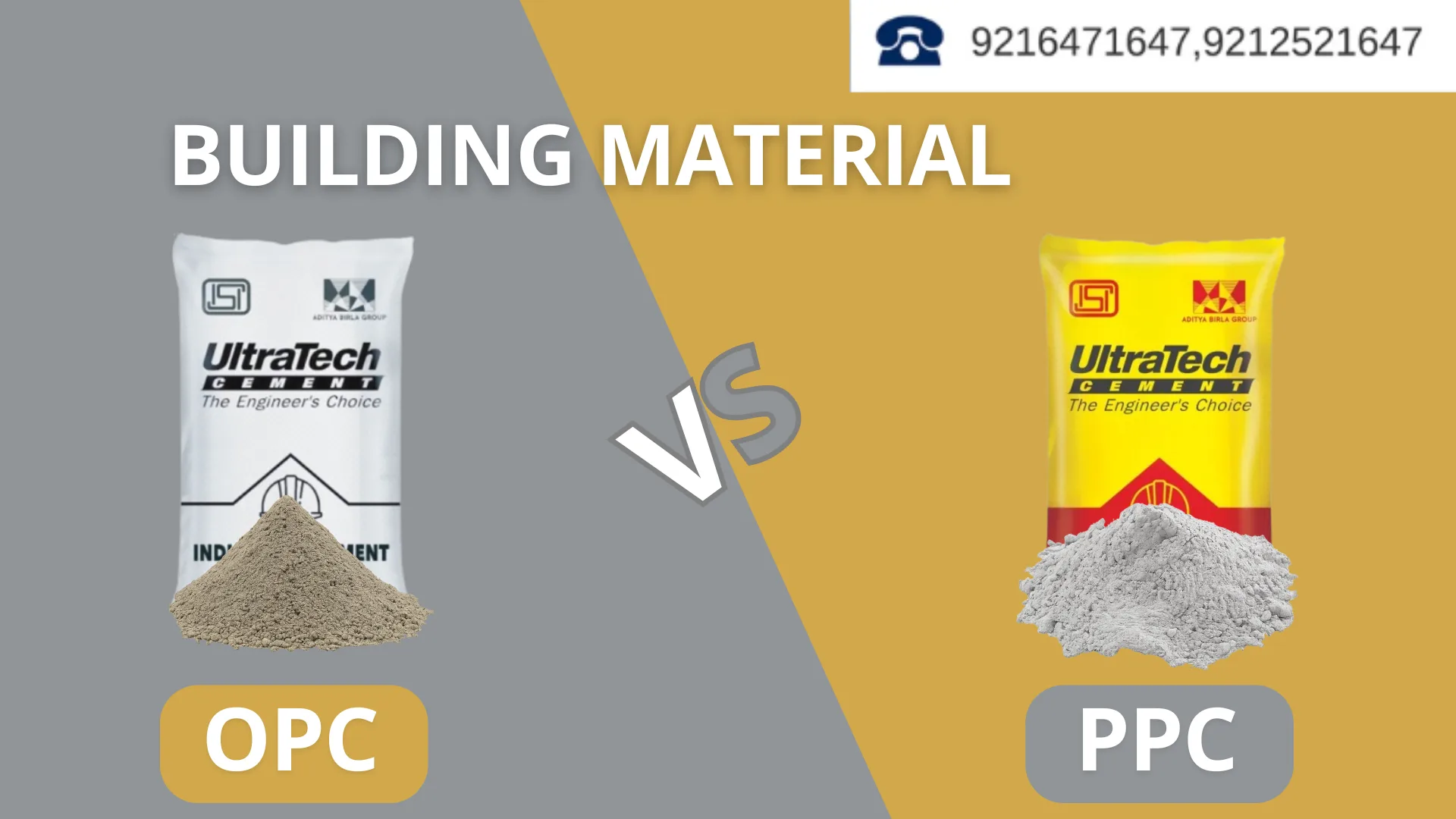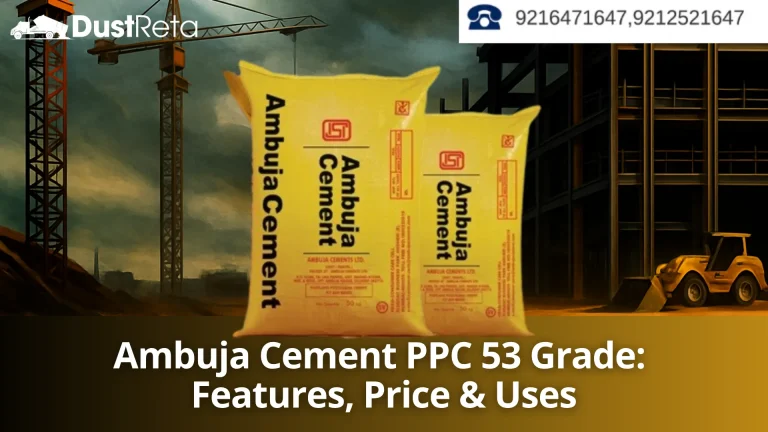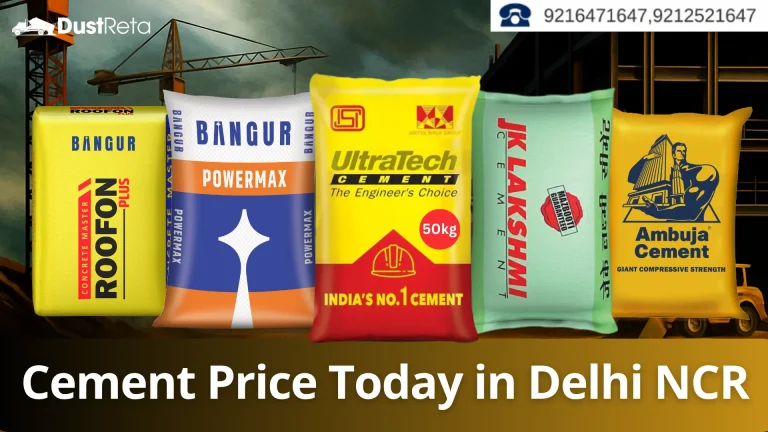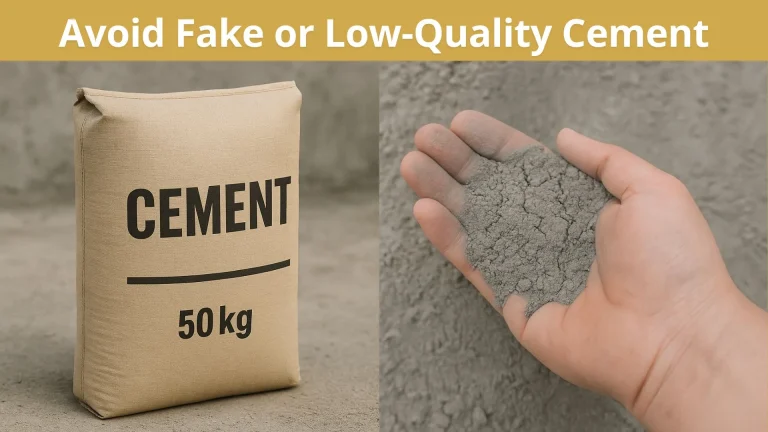
OPC vs PPC Cement: Which is Best for Your House Construction?
When planning a new house, one of the most important decisions is choosing the right cement type. Cement directly affects the strength, durability, and finishing quality of your construction. In India, two common types dominate the residential sector — OPC (Ordinary Portland Cement) and PPC (Portland Pozzolana Cement).
So, which one should you pick for your dream home? Let’s break it down.
What is OPC Cement?
OPC (Ordinary Portland Cement) is the most widely used cement worldwide. It is manufactured by grinding clinker with gypsum, and is available in three grades: 33, 43, and 53.
Key Features of OPC:
- High initial strength → Faster setting, ideal for RCC (reinforced cement concrete) structures.
- Quick construction → Saves time in projects like slabs, beams, and columns.
- Best suited for → High-rise buildings, industrial structures, bridges, and where early strength is required.
What is PPC Cement?
PPC (Portland Pozzolana Cement) is produced by mixing OPC clinker with pozzolanic materials like fly ash, volcanic ash, or silica fumes.
Key Features of PPC:
- Long-term durability → More resistant to chemical attacks and moisture.
- Lower heat of hydration → Reduces cracks in large mass concreting.
- Eco-friendly option → Utilises industrial by-products (fly ash).
- Best suited for → Masonry, plastering, residential projects, and long-term durability.
OPC vs PPC Cement: Side-by-Side Comparison
| Factor | OPC Cement | PPC Cement |
|---|---|---|
| Composition | Clinker + gypsum | Clinker + gypsum + pozzolanic materials |
| Strength (Early) | Gains strength quickly (3–7 days) | Slower early strength |
| Final Strength | Slightly higher in early grades | Equal or better in long term |
| Durability | Prone to chemical/weather attack | More durable, resistant to chemicals |
| Cost | Slightly higher | Economical |
| Applications | RCC, slabs, beams, columns, pavements | Masonry, plaster, residential, marine, sewage works |
| Eco-Impact | Traditional manufacturing | More eco-friendly (fly ash use) |
Which is Best for House Construction?
- Use OPC when:
- Fast construction is a priority (e.g., slabs, beams, structural components).
- High early strength is required.
- Use PPC when:
- You want long-term durability and resistance to moisture/chemicals.
- For non-structural work: plastering, brickwork, tiling, and finishing.
- You’re looking for an eco-friendly and cost-effective cement option.
For most residential house construction, PPC is generally recommended because of its durability, workability, and smoother finish. However, structural engineers often specify OPC 53 Grade for RCC where early strength is important.
Conclusion
Both OPC and PPC cement have their own strengths, and the right choice depends on your project requirements.
- If your focus is on speed and early strength (slabs, beams, columns), go with OPC 53 Grade.
- If you want long-term durability, cost savings, and smoother finishes, PPC cement is the smarter option.
For most residential house constructions in Delhi-NCR, PPC is generally preferred, but it’s always best to consult your engineer for structural components.
At the end of the day, whether you choose OPC or PPC, the most important factor is sourcing from a genuine, trusted supplier to avoid duplicate or low-quality cement.
Order Genuine Cement at the Best Price in Delhi, Gurgaon
At Dustreta, we supply OPC and PPC cement from trusted brands like JK Lakshmi, Shree Roofon, Bangur, Ultratech, and Ambuja — all delivered to your site on time.



